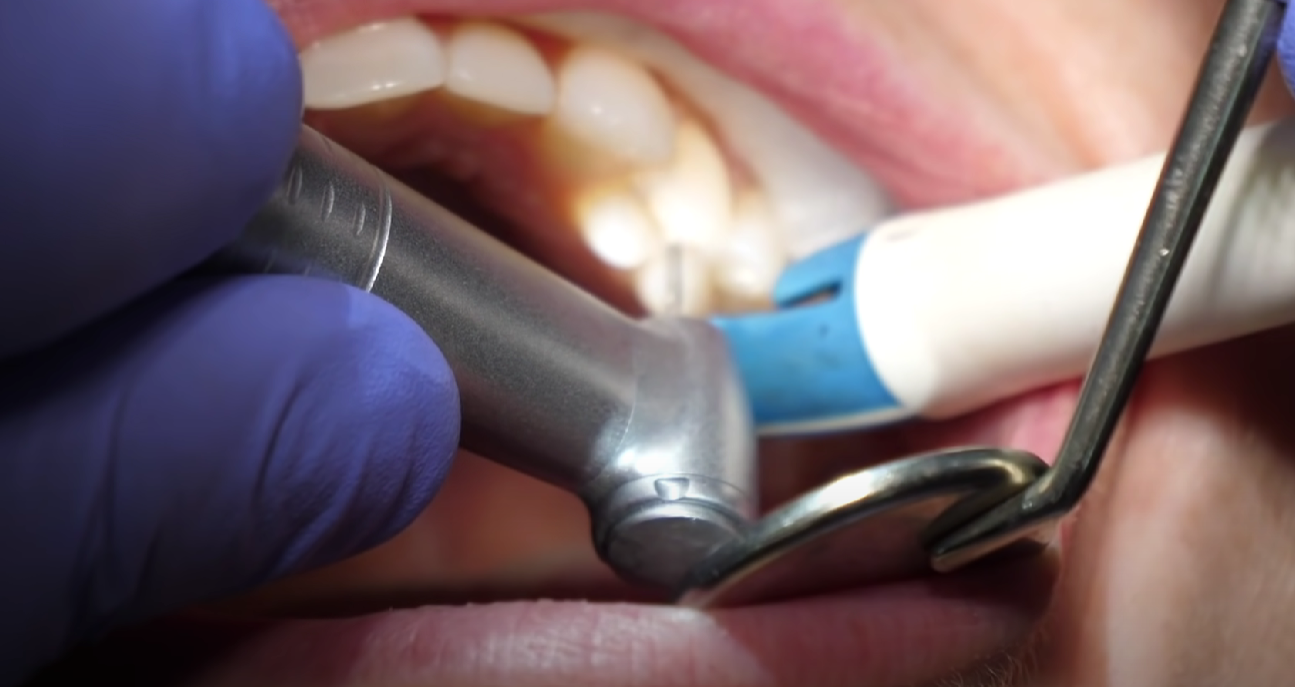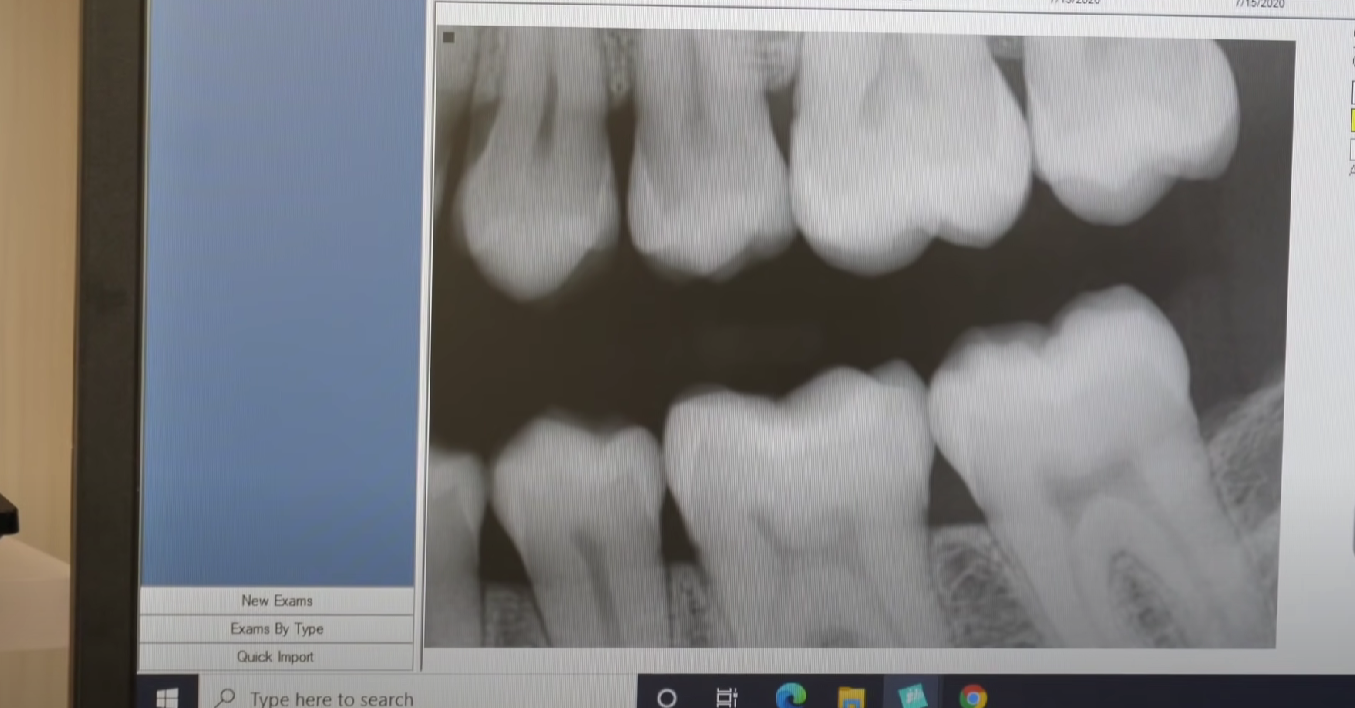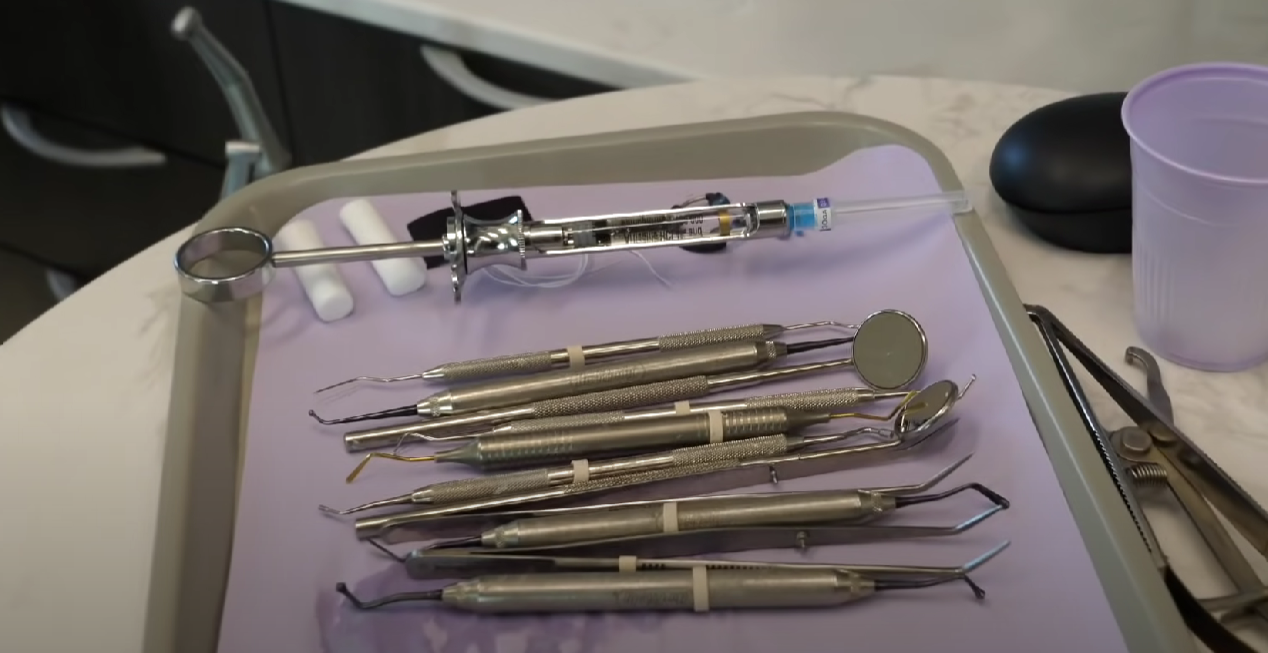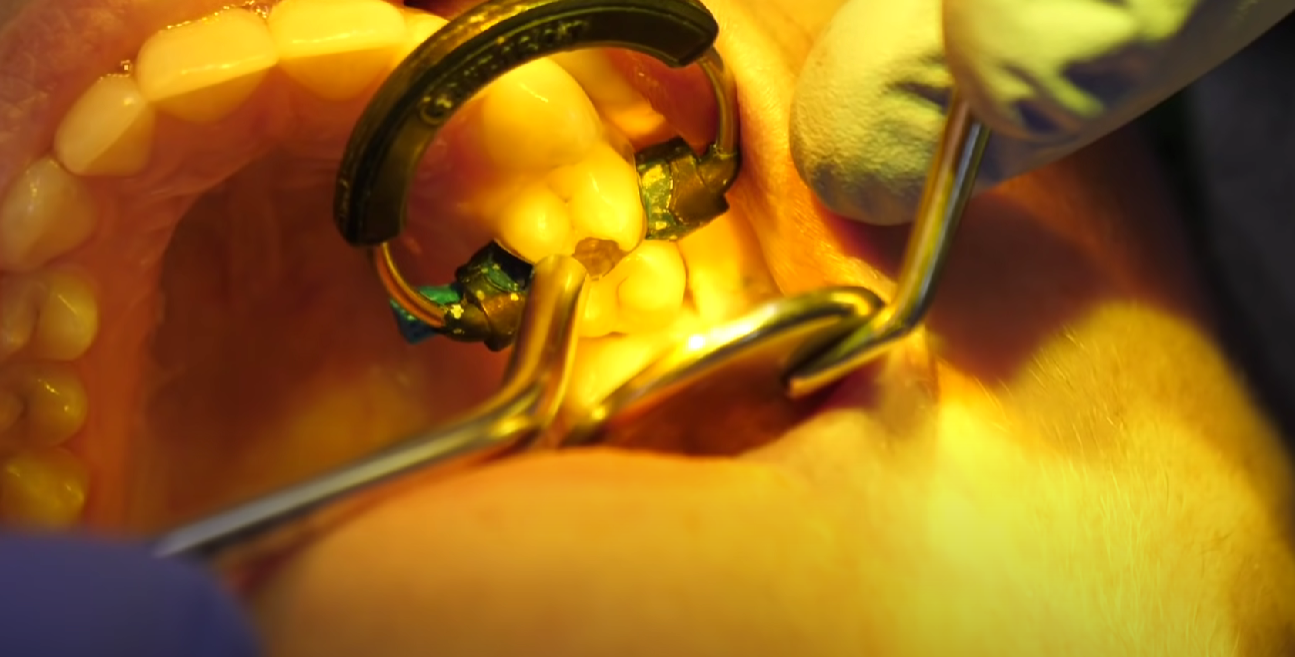Understanding the financial aspects of cavity treatment is important for dental care planning. Costs vary based on factors like location, severity, and choice of materials.
Beyond expenses, prioritizing oral health prevents more extensive treatments. Let’s delve into key considerations to make informed decisions about cavity fillings.
How Much Does It Cost to Fill a Cavity?
The expense of fillings can vary significantly. Silver amalgam fillings, often the most affordable, range from $50 to $150. Tooth-colored composite fillings, pricier but more discreet, cost between $90 and $250.
For premium options like cast gold or porcelain, the cost is higher, spanning from $250 to $4,500. On average, prices fall within $100 to $150, determined by the chosen material.
What Are Cavity Fillings?
Cavity fillings, also known simply as fillings, are dental restorations used to treat cavities, which are decayed areas in teeth.

The process involves removing the decayed portion of the tooth and filling the space with a suitable material, such as silver amalgam, tooth-colored composite, or even materials like cast gold or porcelain.
This helps to restore the tooth’s function, shape, and strength while preventing further decay.
What Are the Reasons a Cavity Needs to Be Filled?
Cavities, also known as dental caries or tooth decay, are common dental issues that can affect individuals of all ages. They occur when the enamel, the outer protective layer of the tooth, becomes damaged due to bacterial activity, leading to the formation of small holes or openings.
While preventive measures like regular brushing, flossing, and dental check-ups can minimize the risk of cavities, they can still develop. When cavities do occur, it’s essential to address them promptly through fillings to prevent further complications and maintain optimal oral health.
Halt the Progression of Decay
One of the primary reasons for filling cavities is to halt the progression of decay. Left untreated, cavities can continue to grow larger, affecting deeper layers of the tooth.
Eventually, the decay can reach the tooth’s nerve, causing pain and potentially leading to more complex dental procedures, such as root canals or extractions.
Restore Tooth Structure
Cavities create weakened areas in the tooth’s structure. Filling the cavities restores the tooth’s shape and strength, preventing it from breaking or fracturing further. This restoration is particularly important for teeth involved in chewing and biting.

Prevent Infection
As cavities deepen, they can expose the sensitive inner layers of the tooth to bacteria. This can result in infection, which can spread to the root and surrounding tissues, causing pain, swelling, and abscesses.
Filling cavities helps seal off the affected area, preventing bacterial infiltration and subsequent infections.
Pain Relief
Cavities often cause tooth sensitivity and pain, especially when consuming hot, cold, or sweet foods and beverages. Filling cavities can alleviate this discomfort by sealing the exposed nerve endings and preventing external stimuli from reaching them.
Maintain Tooth Function
Cavities can impair a tooth’s functionality, making it challenging to chew and speak properly. Filling cavities restores the tooth’s function, allowing for normal activities without discomfort.
Prevent Further Decay
Cavities can create areas where bacteria and food particles can accumulate, leading to more cavities in the future. Filling cavities eliminates these potential breeding grounds for bacteria, reducing the risk of recurrent decay.

Preserve Aesthetics
Tooth-colored composite fillings provide an aesthetic advantage by blending in with the natural tooth color. This is particularly important for cavities in visible areas of the mouth, as it maintains a seamless smile appearance.
Different Factors Affecting the Cost of Filling a Cavity
Understanding the various factors that impact the cost of filling a cavity is essential for individuals seeking dental care. The expense of cavity fillings can vary significantly based on several key considerations, ranging from the type of filling material chosen to the location of the dental practice.
By delving into these factors, individuals can make informed decisions about their oral health and budget.
Type of Filling Material
The choice of filling material is a significant determinant of the cost. Different materials, such as silver amalgam, tooth-colored composite, cast-gold, and porcelain, come with varying price ranges.
Silver amalgam fillings are typically more affordable, while tooth-colored composite and premium materials like cast gold or porcelain tend to be pricier due to their aesthetic qualities and durability.

Size and Complexity of the Cavity
The size and complexity of the cavity also influence the cost of the filling. Larger cavities require more material and time to properly fill, contributing to a higher overall cost.
Additionally, if the decay has extended into deeper layers of the tooth, more extensive treatment may be needed, impacting the final expense.
Location of the Dental Practice
Dental costs can vary based on geographical location. Practices situated in urban or affluent areas may have higher overhead expenses, leading to slightly elevated prices for services, including cavity fillings.
Conversely, dental practices in rural or less densely populated areas may offer more competitive pricing.
Dentist’s Expertise and Experience
The experience and expertise of the dentist performing the procedure can affect the cost. Highly skilled and experienced dentists might charge more for their services due to their reputation and proficiency in delivering quality dental care.

However, their expertise can often contribute to a smoother and more successful procedure.
Additional Procedures and Materials
In some cases, additional procedures and materials may be necessary alongside the cavity filling. For instance, if the decay is near the nerve of the tooth, a special liner or medication might be required to protect the nerve.
These extra materials and steps can add to the overall cost.
Insurance Coverage
Dental insurance coverage plays a significant role in determining the out-of-pocket cost for cavity fillings. Different insurance plans offer varying levels of coverage, with some fully covering certain types of fillings while others may cover a percentage of the cost.
Understanding the details of your insurance plan is crucial for estimating your financial responsibility.
What Are Ways You Can Save on Cavity Treatment?

When considering cavity treatment options, it’s valuable to explore ways to minimize costs without compromising on quality. Beyond understanding the factors affecting the expense, there are practical strategies to help individuals save on cavity treatment expenses:
- Seek Dental Clinics With Competitive Pricing. Research and compare prices among different dental clinics to find those offering competitive rates for cavity treatments.
- Consider Dental Schools. Dental schools often provide supervised treatments at reduced costs, offering an opportunity to receive quality care from dental students under professional guidance.
- Explore Discount Dental Plans. Discount dental plans can offer substantial savings on various dental procedures, including cavity treatments, for a fixed annual fee.
- Discuss Payment Plans. Many dental practices offer flexible payment plans that allow patients to spread out the cost of treatment over time.

- Opt for Preventive Measures. Prioritize regular dental check-ups and proper oral hygiene practices to prevent cavities and the need for costly treatments.
- Inquire About Generic Materials. Inquire if the dental clinic offers generic or more affordable filling materials without compromising durability and safety.
- Maximize Dental Insurance. Make the most of dental insurance coverage by understanding what treatments are included and the associated costs.
- Combine Multiple Treatments. If multiple cavities require treatment, discussing with your dentist about completing them during the same visit might lead to cost savings.
- Maintain Oral Health. Adopting a preventive approach by maintaining good oral health reduces the likelihood of cavities and extensive treatments.
Conclusion
The cost of cavity fillings can vary due to factors like the chosen material and the cavity’s size. Understanding these considerations helps in making informed decisions about dental care [1].
Prioritizing preventive measures and exploring cost-saving options contribute to maintaining oral health without unnecessary financial strain.

